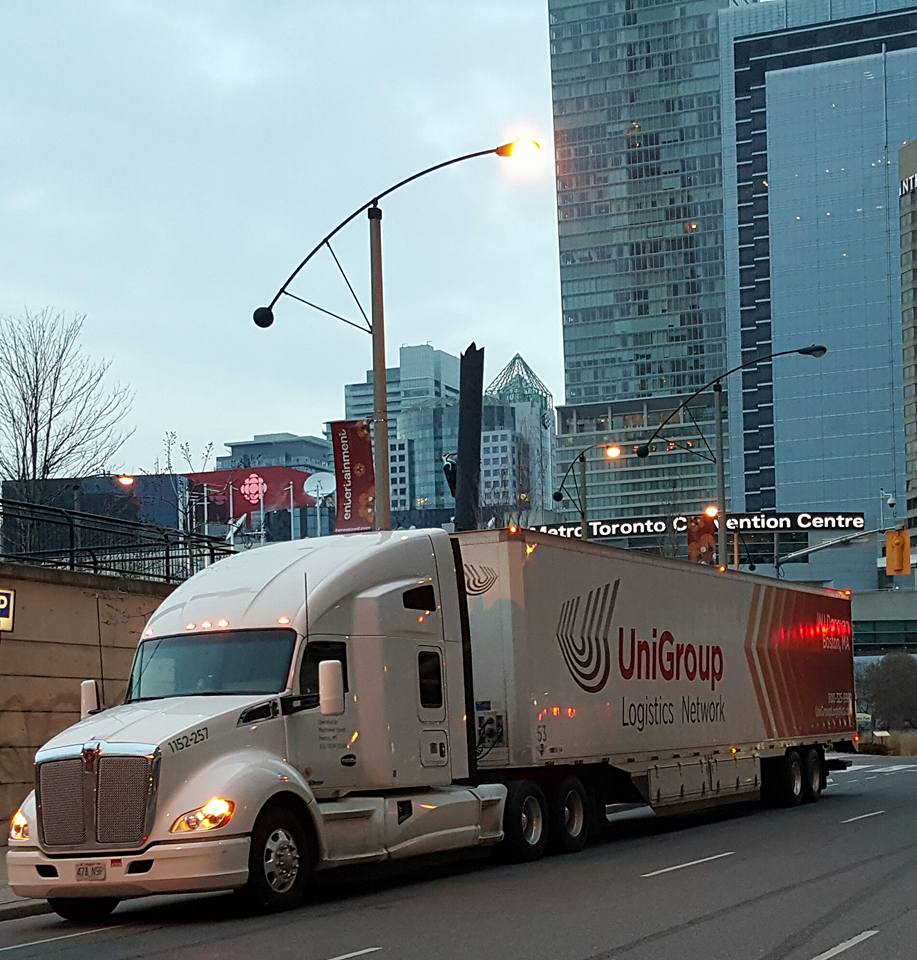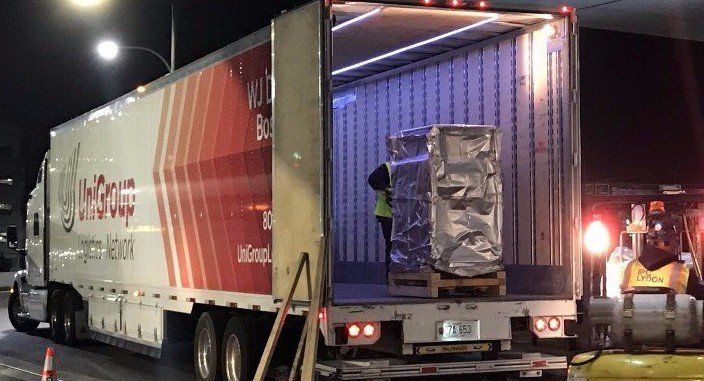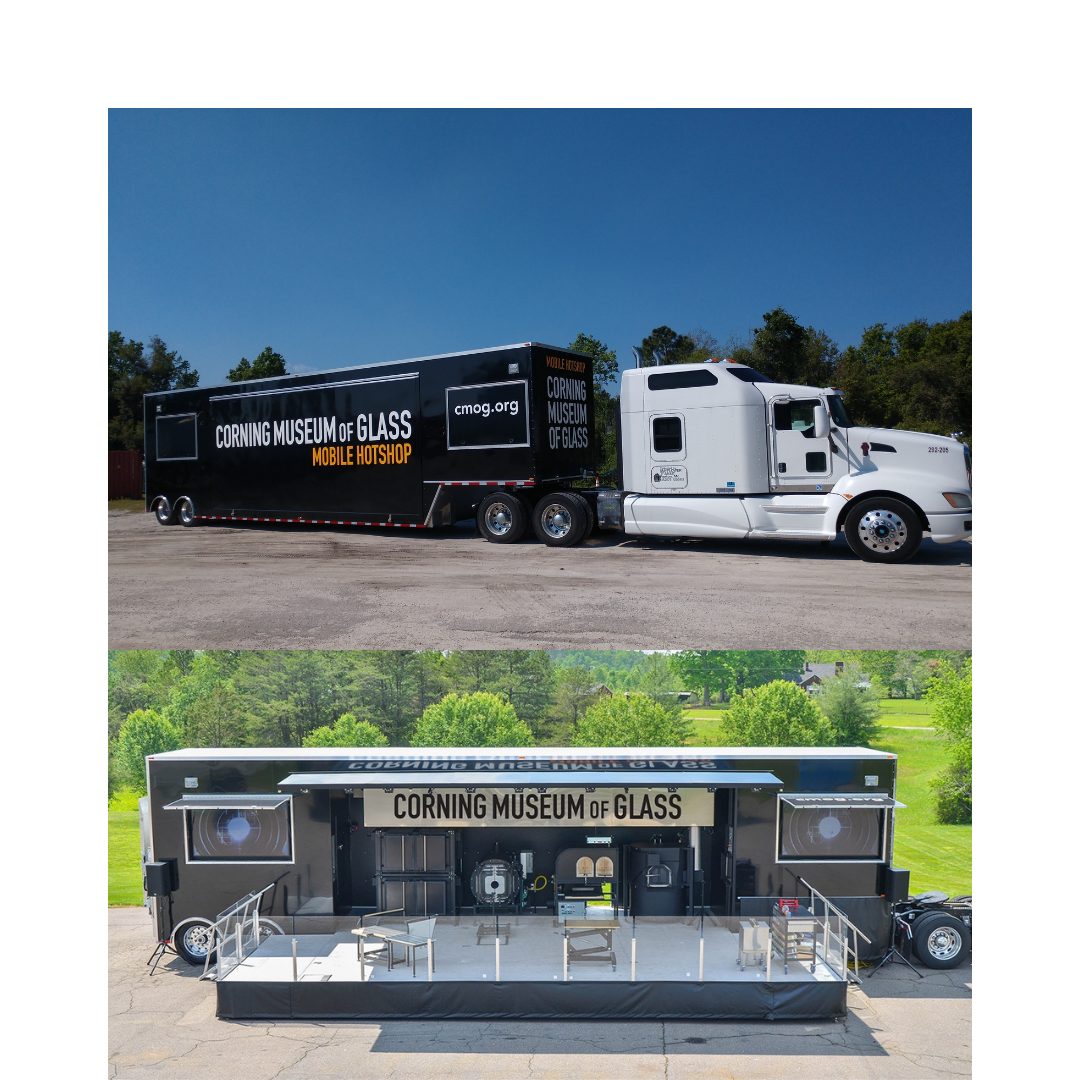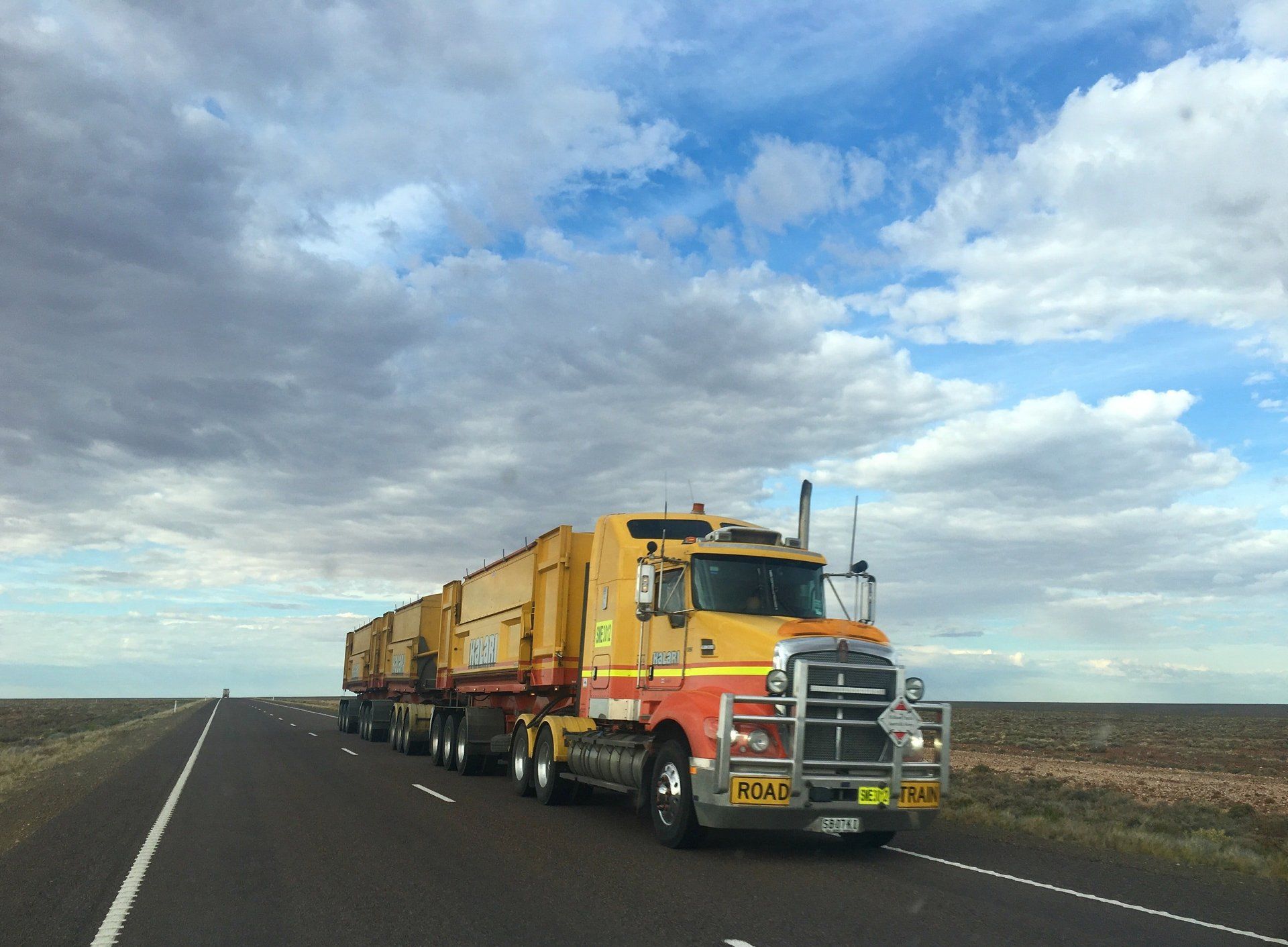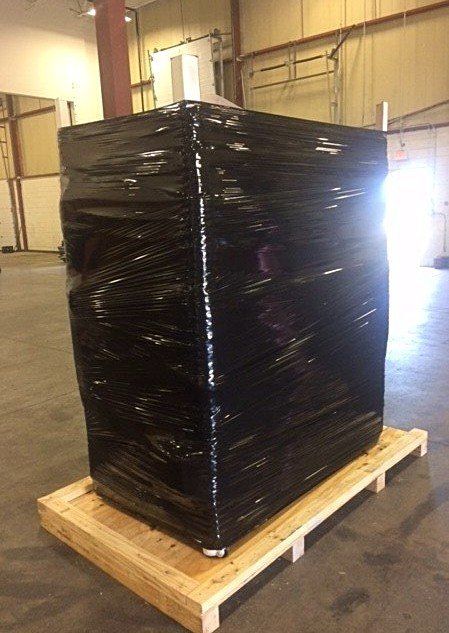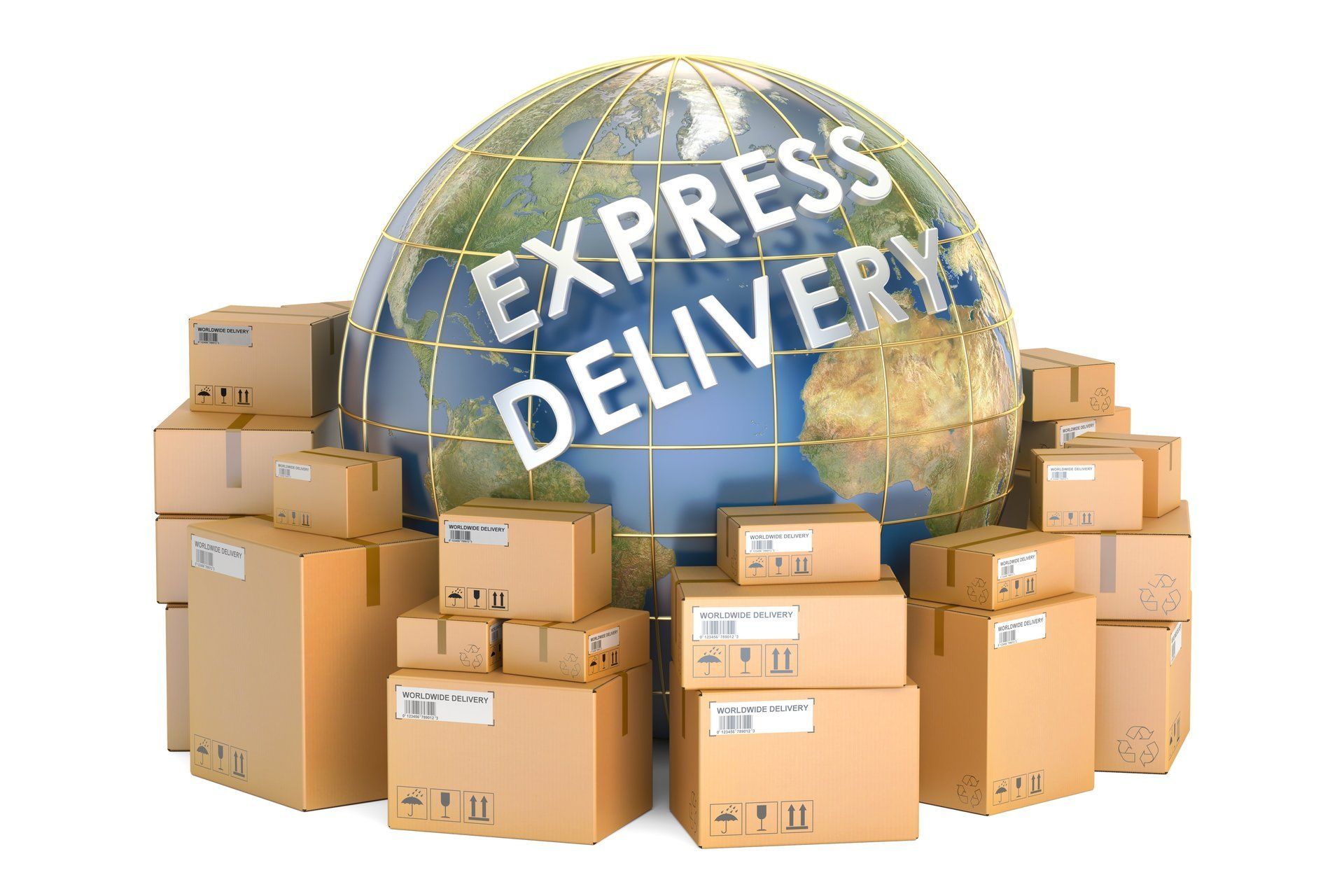Trade Show Shipping Cost Reduction Checklist
There’s no doubt that trade shows are critical in positioning your company to your ideal audience. Most professionals that attend industry specific trade shows are excited by the education they will receive and motivated to find solutions their challenges and goal attainment.
Trade shows serve as a near perfect environment to gather qualified leads and opportunities. So, investing in these types of events are critical. However, they are not cheap! Sponsorship fees, hotel, travel, meals, staff training, drayage, and one the most expensive aspects - shipping.
Yes, shipping can be quite expensive, especially if you have a rather large, complex booth that requires full trailer loads. But the good news is that through proper planning and strategic thinking, you can reduce your shipping cost, in most cases significantly.
Here at Donovan Logistics, our trade show logistics experts are constantly looking for ways to add value for our clients. One way we do that is to proactively collaborate and suggest all the possible ways to reduce their shipping costs. This helps our client maximize their trade show budgets as well as positions us as strategic long term partner for them.
With decades of trade show experience, here are our top suggestions for reducing your shipping cost.
How Are Shipping Costs Calculated?
If your company exhibits at a lot of shows and has a pretty decent sized booth, then you are familiar with Van Lines vs. Common carriers. In most cases, you’ll want to use a Van Line that specializes in trade show logistics. (more on that later).
When using a specialized trade show van line, shipping costs are based on the linear feet used in the trailer, the miles traveled, and the fuel used. Weight isn't typically a factor in pricing unless your shipment is extremely heavy. In addition, these charges are governed by tariffs, which are basically U.S. and international regulations regarding transportation costs
Van Lines like Mayflower for example offer the fastest service besides of course small package carriers such as UPS and FedEx. This is because these loads go directly to its destination venue without any additional stops. As, opposed to common carriers which typically make multiple less than truck load (LTL) pick up stops along the way. Common carriers cost less, but the risk of damage and late arrivals are real.
( For easier reading, you can download the PDF checklist here!) 1. Van Line vs.
Common Carrier
Although specialized van lines tend to be more expensive, they are typically safer and more reliable. So, avoiding common carriers or carriers that do not normally move trade show exhibit booths is the safe bet in the long run.
Your best bet is to select a carrier with a dedicated trade show division such as Mayflower. Van Lines like UniGroup/Mayflower are equipped with air-ride suspensions, blankets, logistics bars, etc. - all designed to haul sensitive and high value equipment.
2. Strategically Plan Your Tour
Instead of shipping to and from each show separately, look at the big picture. Decide when it makes financial sense to ship your exhibit properties back to your exhibit house or carriers warehouse, and when it makes more sense to ship them directly to your next show site and store them there until you need them next.
An experienced carrier is able to help you think through what makes the most sense from a cost and efficiency standpoint based on your show schedule. Typically, you can store your exhibit at an advance warehouse for your next show for free for 30 days before the show.
For example, at Donovan Logistics, we have affiliated local warehouse spaces that can accommodate our clients’ booths.
3. Show-to-Show Shipping
If you exhibit at multiple shows a year, it will probably be more cost effective to ship materials from one location to the next consecutively. This will save shipping costs because you won't have to t have to ship from the first trade show location, back to your office location, and then to the next trade show.
It is potentially cheaper to ship the materials directly to the city of the next trade show and briefly hold it in storage until the next show date.
The most cost effective way to ship from show to show is to use less-than-truckload (LTL) shipping. This is where you only pay for the space you use.
4. Ship to Your Hotel
If you cannot consolidate boxes, or you have last-minute shipments, it is usually less expensive to ship to your hotel business center or a local FedEx office to avoid paying material-handling minimums.
Shipping to your hotel can also save time, since small-package freight shipped to the convention center must be weighed, and inbound material-handling forms must be written. This can delay delivery to your booth anywhere from a few hours up to a full day.
5: Weigh and Measure Your Materials
To get the most accurate shipping rates, the first thing you should do is weigh and measure each item that you will be shipping. Many freight companies will estimate the size and weight of your shipment. Make sure you have all your weights and dimensions written on each box or crate.
▢ Height X Width X Height
▢ Weight
6. Shipping Case
Shipping cases are no doubt expensive. We’ve seen some tip the $10,000 mark for just one! However, these cases are designed to safely store high value items such as electronics and computer equipment and components.
Damaged items will cost much more in the long run vs the investment in high quality, durable shipping cases.
7. Consolidate Freight
A big advantage of using a van line is the fact that you can stack crates which helps to consolidate your loads.
Common carriers do not allow this. Common carriers only allow floor loaded freight. So, if you’ve always used two or more trucks to haul all your exhibit freight with common carriers, then you can consolidate it all into one van line trailer. Even though van lines can be more expensive per load, consolidation will save you a substantial amount, sometimes thousands.
Our customer support specialists typically work with our clients to come up with different configurations that will fit best and be the most cost effective.
8: Fully Pack Crates
Make sure to pack all your boxes as full as possible. When possible, build your pallets taller instead of creating another separate one. Use industrial plastic cellophane to wrap your freight tall and strong.
9. Rent Tables vs. Shipping Your Own
Tables are large and hard to pack. It can become unnecessarily expensive. Save the expense by renting tables from the trade show venue.
10. Transportation Booking (Exhibit House or Yourself)?
Sometimes having your exhibit house arrange transportation makes the most sense. It’s one less thing for you to worry about.
In exchange, your exhibit house will typically add a surcharge ranging from 20-30 percent of your shipping costs as their transportation service fee. If you want to maximize your cost savings then you should think about arranging the shipping yourself. If you do want to stick with your exhibit house to handle this, then make sure they are also gathering competitive bids and passing on the savings to you.
11. Expand Shipping to Strengthen Leverage
If you can work with a carrier that is open to offering discounts contingent on them shipping for other departments in your company, then that gives you great leverage. This can include product shipments and employee relocation programs.
13. Track Your Driver
If your driver misses your inbound target time or does not have a current certified weight slip, charges can add up quickly. In addition to material-handling penalties from the general services contractor (GSC) for being late (up to 25 percent of your total material-handling invoice), your truck will be sent to the end of the line to unload, which can start a domino effect of detention charges, overtime material- handling fees, and overtime charges by your installation labor.
Download this checklist for easy reference here!
About Donovan Logistics
Donovan Logistics helps Trade Show Managers reduce their shipping costs while reducing the risk of delayed delivery and damaged exhibit materials. We are different than most carriers because our vans are specifically designed to haul trade show exhibit booths.
Our clients tell us that we have helped them:
Reduced risk of costly damage to high value exhibit materials
Lower the risk of delays and late check- ins.
Our team consists of trade show logistics experts that build long term partnerships with our clients, where we proactively seek out all possible ways to reduce your shipping costs without compromising service.
